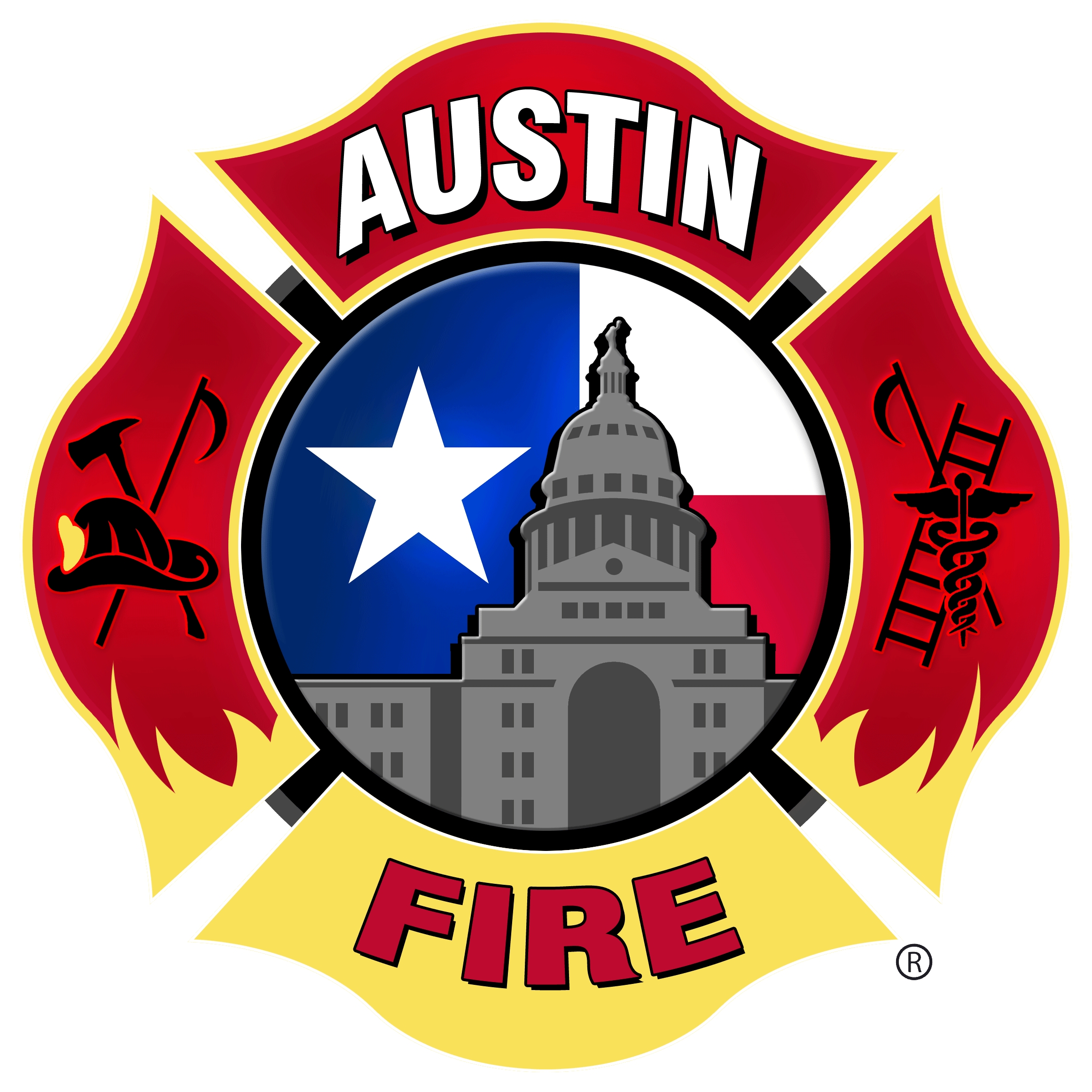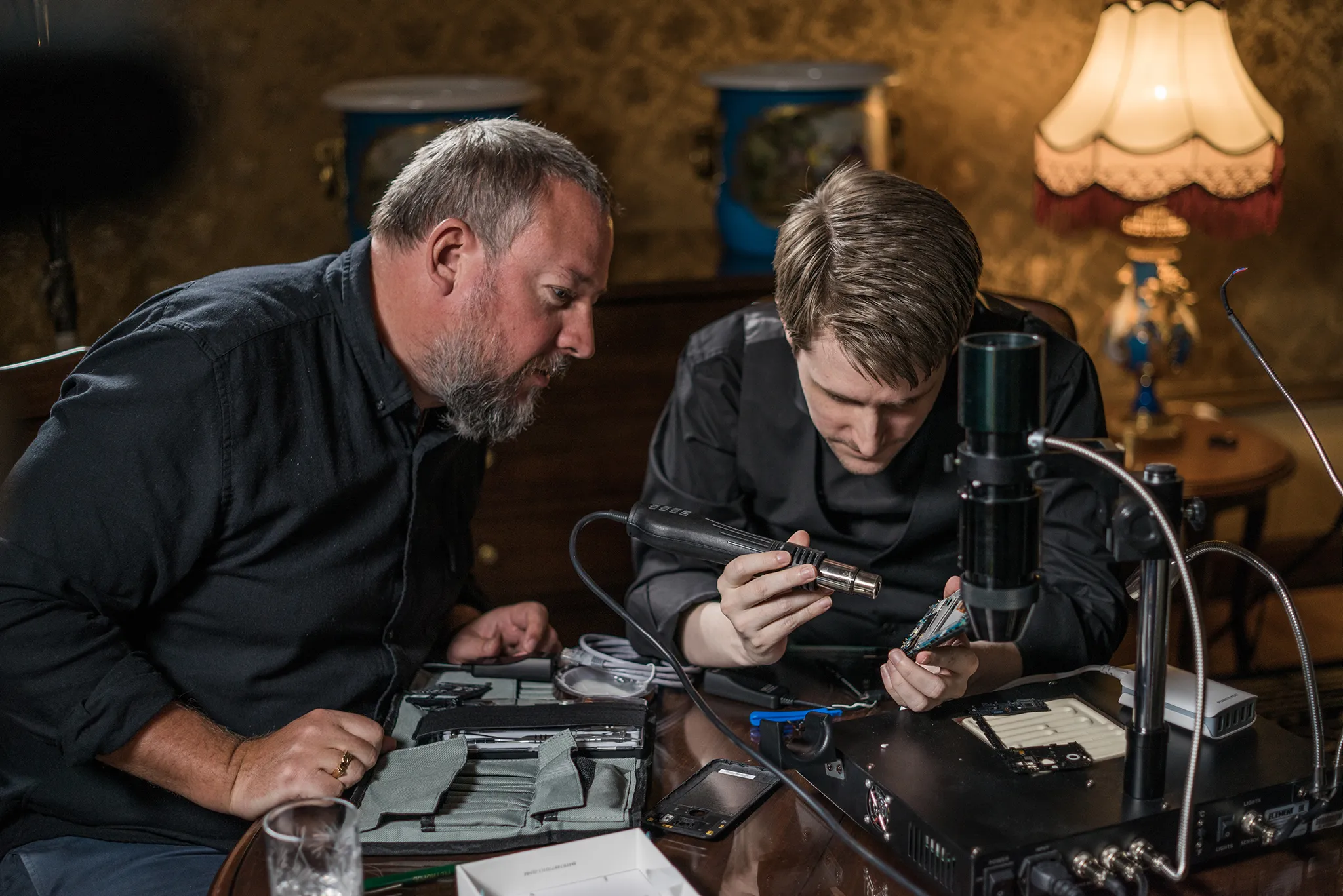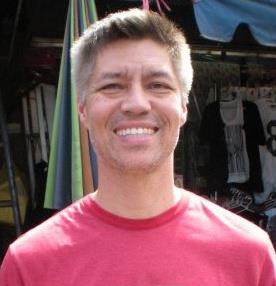On August 7th, the Austin City Council approved a four-year study on the use of robotics by the Austin Fire Department. The draft Interlocal Agreement between the City and the Texas A&M Engineering Experiment Station (TEES) was unanimously approved along with other items on the consent docket at the beginning of the meeting.
The City of Austin is partnering with TEES for robotics expertise and machines, specifically the Center for Robot-Assisted Search and Rescue [ @CRASAR ]. CRASAR is led by Dr. Robin R. Murphy, Raytheon Professor of Computer Science and Engineering at Texas A&M University, who appears to have literally written the book on Disaster Robotics.
Austin Fire Department (AFD) Assistant Chief Richard L. Davis has advocated for the study and will lead an 8-person team at AFD throughout its term. In 2013, he published a lengthy paper on “The Practicality of Utilizing Unmanned Aerial Vehicles for Damage Assessments” which is available for download on FEMA’s U.S. Fire Administration website.
Council Member Spelman selected the Interlocal Agreement for discussion during the City Council’s August 5th work session. That discussion begins at the 26:29 marker.
In the work session, Assistant Chief Davis and Dr. Murphy make the case for the study, including a brief video presentation. At 39:20, Council Member Morrison follows up on Council Member Spelman’s initial voicing of privacy concerns. Assistant Chief Davis emphasized that the Texas Privacy Act, enrolled during the last legislative session, governs images captured by unmanned aircraft in the state of Texas.
Additional information was formally presented in the City Council’s Q&A document for the meeting.
In part, the unattributed response to Council Member Spelman’s questions identified “public perception” as one of three main “challenges” to the use of robotics in public safety applications:
It’s imperative to establish and enforce strict policy and procedures to improve public perception and ease any community concerns. Of the utmost importance will be adhering to the Federal and State laws already in place to protect against the invasion of privacy. Participating Public Safety flight teams will only consist of highly trained individuals that have met Federal Aviation Administration standards and abide by those edicts. Educating those we serve is paramount to the success of this program.
That bolsters the Assistant Chief’s initial response during the work session at 34:05:
…it boils down to trust and reliability. I have to ask do you trust your fire department to do the right thing?
The Interlocal Agreement specifies (at IV.D) that “TEES shall retain ownership of all data collected during this Agreement but shall share that data with the City at no cost to the City, upon request.” There is recognition (at I) that “These applications could generate opportunities for enhancing multi-agency coordination,” but goes on to say “The Parties understand that the resources available from the City under this agreement are limited to the Austin Fire Department.” The Agreement is silent on the resources that CRASAR may choose to make available to other City agencies. And while the Agreement emphasizes that UAVs are the primary robotics of interest, there is no restriction on exploring use of unmanned ground vehicles (UGVs) or other robotic platforms. During the Council work session, Assistant Chief Davis explicitly mentioned the potential of unmanned maritime vehicles to assist during flood events.
Importantly, AFD will not be acquiring an FAA Certificate of Authorization or Waiver to legally conduct drone flights, and instead will utilize the COA already granted to CRASAR.





